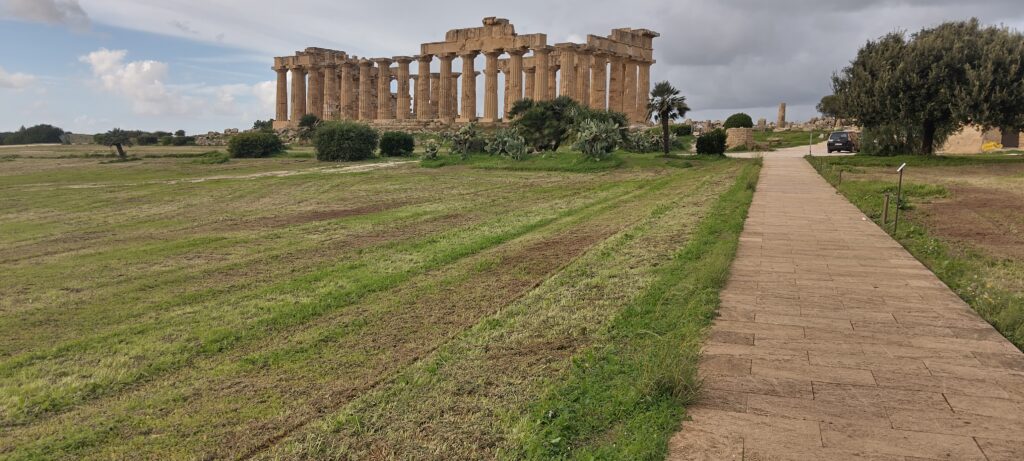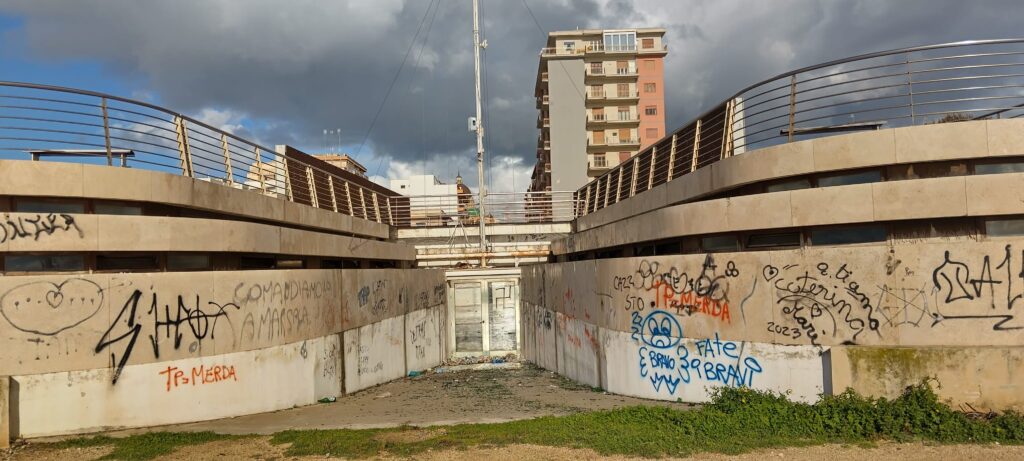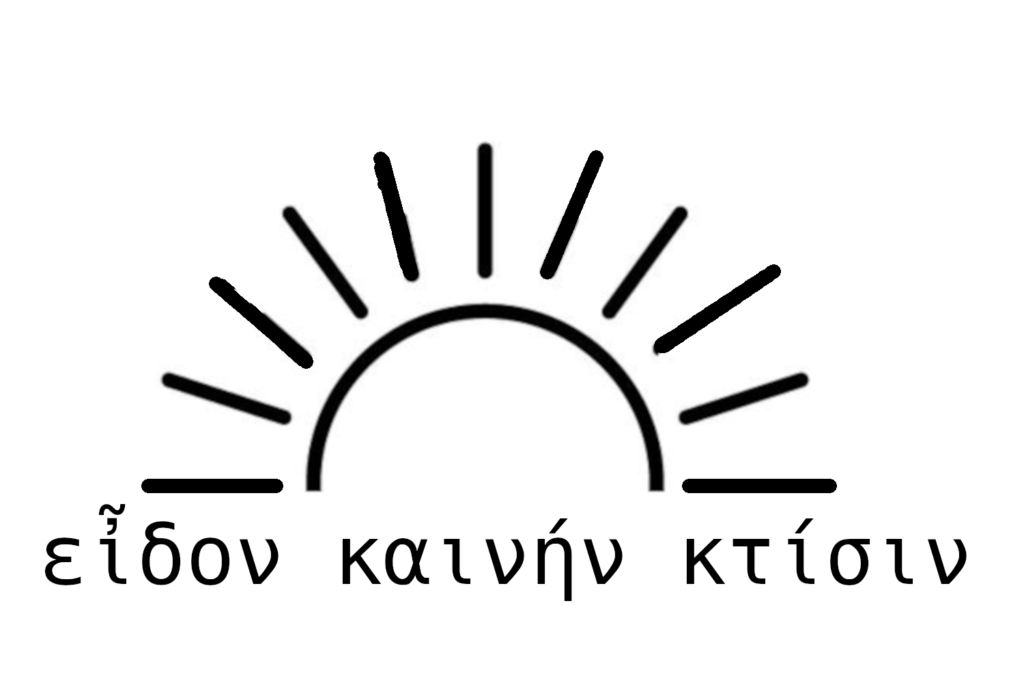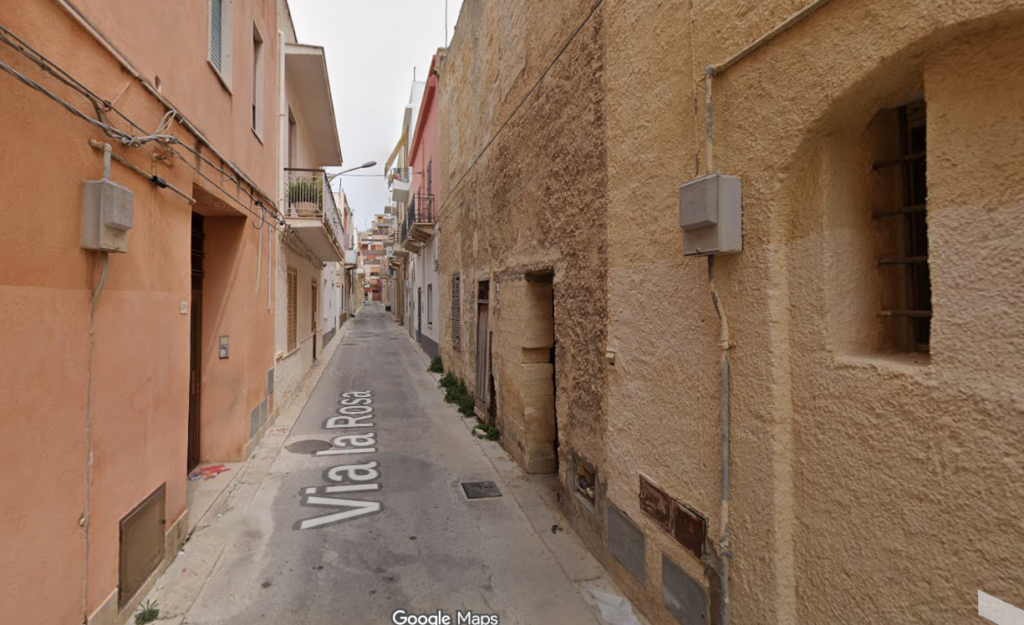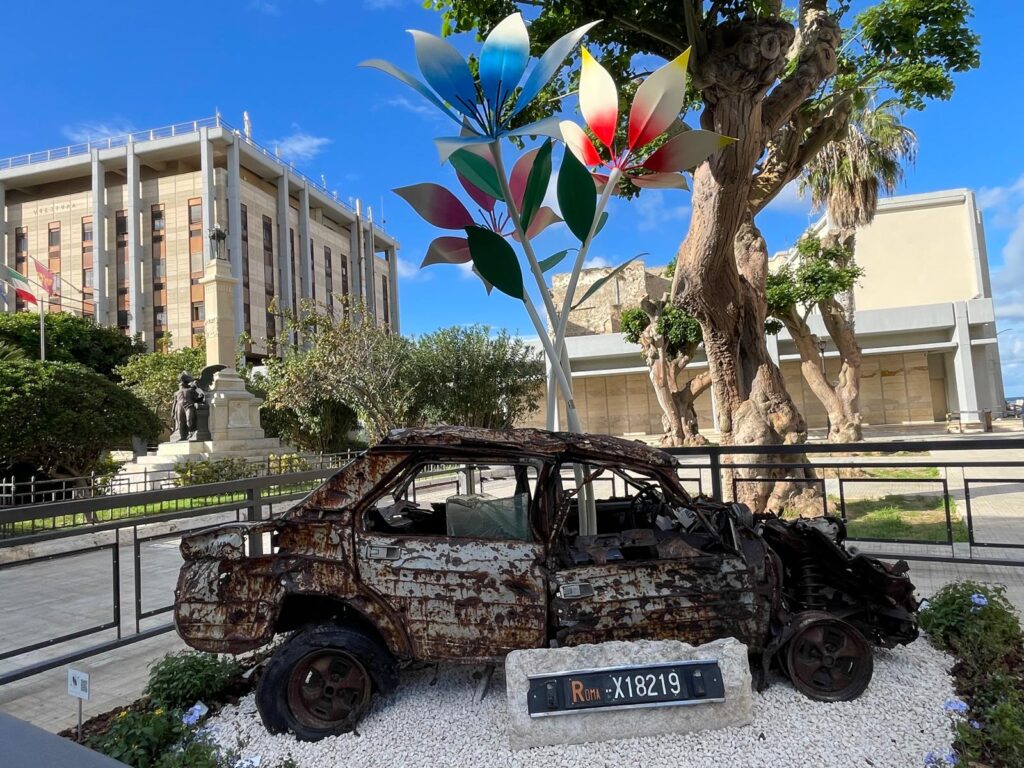Over a significant period of time I was involved along with many others in the area of what might be termed ‘strategic prayer’ (for want of a better term) and undergirding that was a focus on removing the effects of the past. The past cannot be changed, but when there are ongoing negative effects those can be addressed. The same way things operate at a personal level so they operate at a corporate level. We see how Scripture addresses both ‘cities’ and land as if they are personal.
A big part of seeking to respond to the past is that of identificational repentance, and it is wonderful when we see something go full circle with national apologies made where there has been national oppression – a recent example is that of Spain’s apology to Mexico.
There are many Old Testament examples of ‘we and our ancestors have sinned’ type of responses but for me the clearest NT example is that of the baptism of Jesus by John. It was a baptism for ‘the remission of sins’ and thus it is understandable that John did not agree to baptise Jesus until… He refuses for how can he baptise the ‘sinless one’? The response of Jesus is to talk about righteousness. That term is not simply right and wrong but a covenant term. Jesus is suggesting that righteousness had not been fulfilled thus begging the question of whose righteousness. God’s? Certainly not. But that of the covenant people. Jesus identifies with Israel and the confession of his mouth is not his sin but that of the people. From that point on he carried the sins all the way to the cross. (We could suggest that the sin / death proclamation from Eden is carried all the way to the cross.)
I appreciate that the last paragraph might be exploring new ground for some but it opens a whole new window on the cross.
Living in our world what do we do when we come across something along the lines of the various pagan temples that we visited yesterday. Kneel, pray and stand in identification? I have done that on many occasions, but yesterday other than proclaim there is one God, maker of heaven and earth who does not live in a temple made by hands we did not do any IR at any significant level. I wondered why (and also am aware that we are yet to go to Agrigento and the valley of temples – maybe that will be different).
Of course the idea that we will have answers and understand everything is a wonderful myth, but I think I grasped something yesterday. To finish something does not mean everything is necessarily done, but that nothing is left to prevent a move forward. That is key. The future (personal / corporate) can be locked up by the past and the important part is the unlocking of the past so that the future is not a repeat of what went before (and thus further locking it up).
Maybe what I have written is a bit of a fog and not too clear, but I think it is another level of understanding for the many people who continue to seek to remove the effects of the past. The conviction of God is key as to what to address.
I am currently slowly working on Israel (not the current state but the theology of Israel) and key to that is to distinguish ‘Israel’ from ‘Jew’ (hopefully in 3-4 months time I will write on that) so have been coming to the disciples question to Jesus as to whether he was at ‘this time (chronos) he was going to restore the kingdom to Israel’. He gives them a continual direction to move in (with 3 clear allusions to Isaianic texts), for (tying it to Paul) it will be in ‘this way’ that ‘all Israel (not all Jews!) will be saved’. Hang in there!!!
The death of Jesus unlocks the past so that the future can change (chronos – the literal time) as God aligns the future with what needs to happen (God sets the chronos and the kairos together – Acts 1:7).
The work of Jesus is finished – the past cannot hold back what is coming… and yet Paul says he wants to make up what is lacking in the afflictions of Jesus. There is work for us to do – not saving the world – but dealing with whatever has been afflicting the world so that there is no lock up but a release of the freedom of the cross.
I am aware that a whole lot more could be written to expand the above… but there it is for now.

